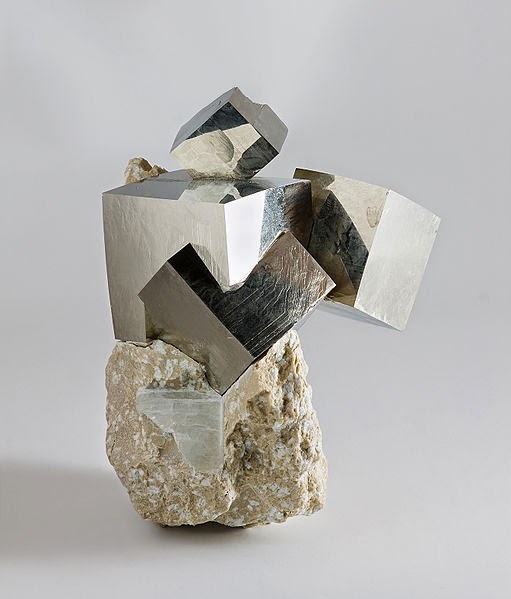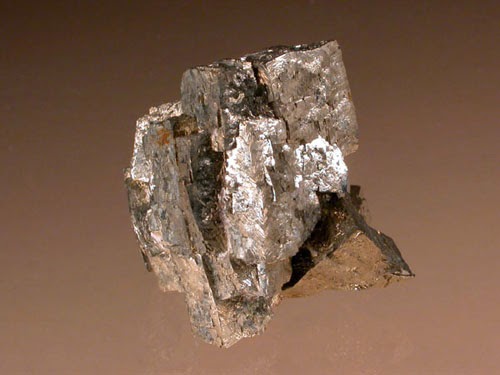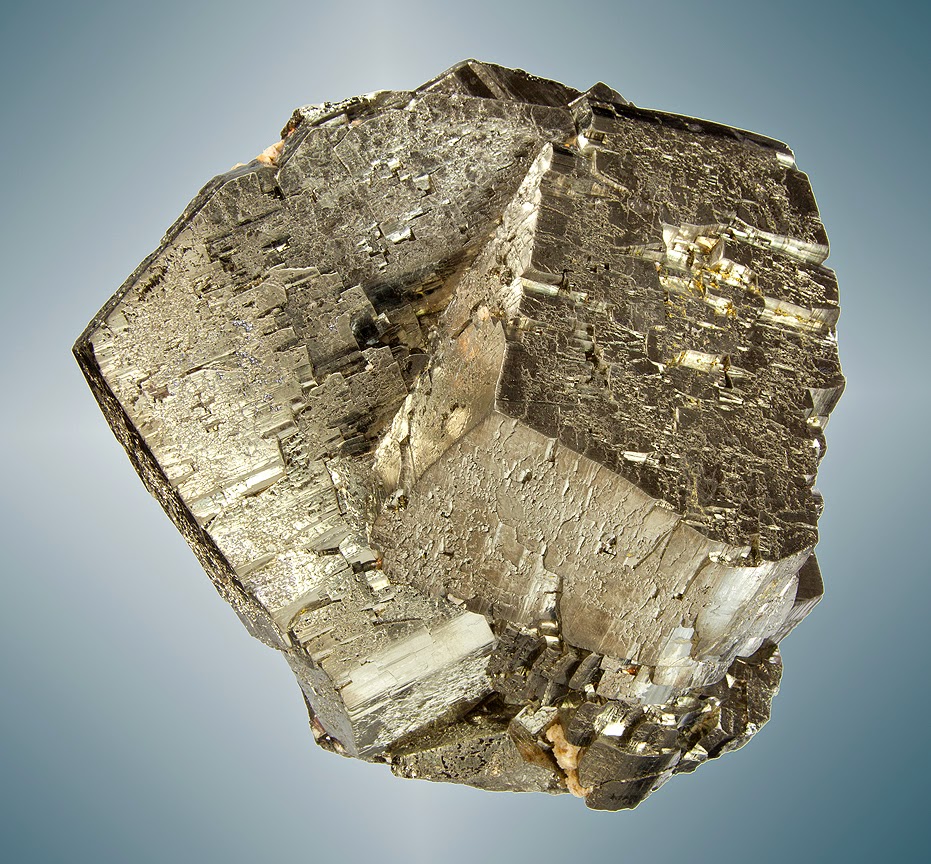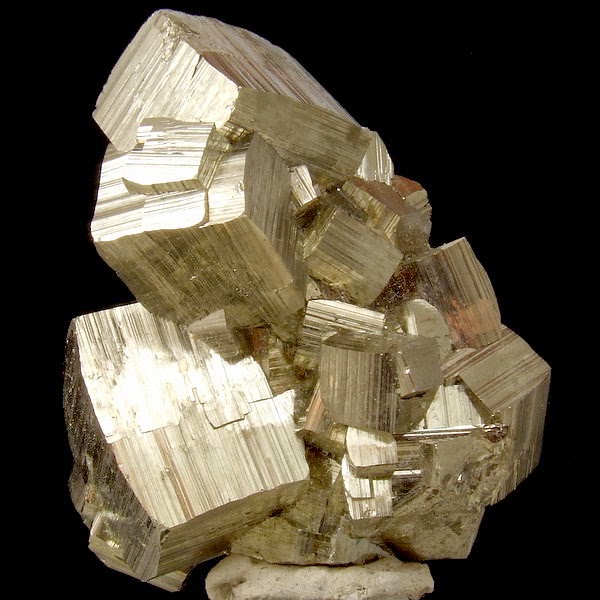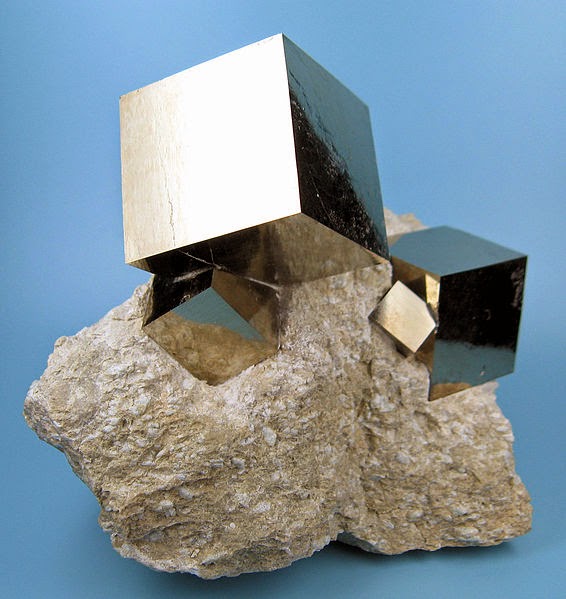
Chemical Formula: FeS2
Locality: Common world wide.
Name Origin: From the Greek, pyrites lithos, “stone which strikes fire,” in allusion to the sparking produced when iron is struck by a lump of pyrite.
The mineral pyrite, or iron pyrite, also known as fool’s gold, is an iron sulfide with the formula FeS2. This mineral’s metallic luster and pale brass-yellow hue give it a superficial resemblance to gold, hence the well-known nickname of fool’s gold. The color has also led to the nicknames brass, brazzle, and Brazil, primarily used to refer to pyrite found in coal.
Pyrite is the most common of the sulfide minerals. The name pyrite is derived from the Greek πυρίτης (pyritēs), “of fire” or “in fire”, in turn from πύρ (pyr), “fire”. In ancient Roman times, this name was applied to several types of stone that would create sparks when struck against steel; Pliny the Elder described one of them as being brassy, almost certainly a reference to what we now call pyrite. By Georgius Agricola’s time, the term had become a generic term for all of the sulfide minerals.
Pyrite is usually found associated with other sulfides or oxides in quartz veins, sedimentary rock, and metamorphic rock, as well as in coal beds and as a replacement mineral in fossils. Despite being nicknamed fool’s gold, pyrite is sometimes found in association with small quantities of gold. Gold and arsenic occur as a coupled substitution in the pyrite structure. In the Carlin–type gold deposits, arsenian pyrite contains up to 0.37 wt% gold.
History
Authors(inventeurs) : DIOSCORIDES
Discovery date: 50
Optical properties
Optical and misc. Properties : Fragile, cassant – Opaque – Gemme, pierre fine
Reflective Power: 55% (580)
Physical properties
Hardness : from 6,00 to 6,50
Density : 5,02
Color : pale yellow; irised; brass yellow
Luster: bright metallic
Streak/Trace : blackish green; brownish black; greenish black
Break: conchoidal; irregular
Cleavage : yes
Photo :
